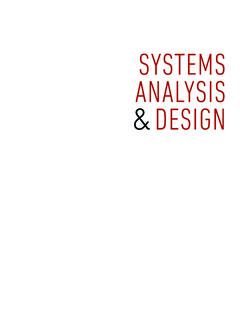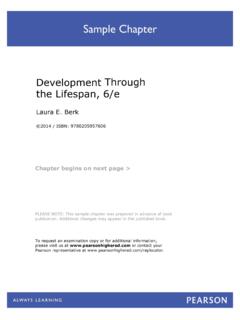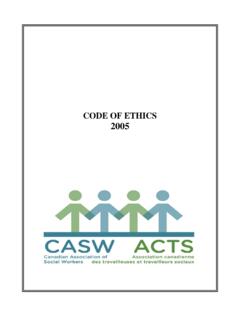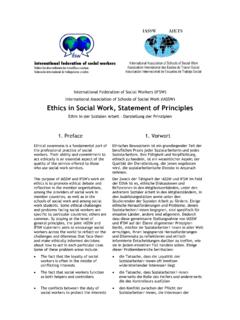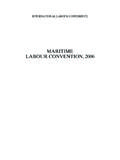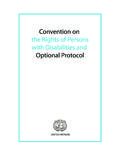Transcription of Human Behavior and the Social Environment (HBSE ... - …
1 12/4/09 2:41 PM Page 1. 1. Human Behavior and the Social Environment (HBSE) and Paradigms CHAPTER OUTLINE. Purposes, Foundations, Social Work History and Assumptions 2 Paradigm Shift Paradigm Shift, Social Work, and Social Purpose of the Social Work Change Diversity Profession 3. in Practice Paradigms, Culture, Ethnicity, Core Competencies and Race 22. Human Behavior and the Social Culture and Society Ethical Environment 7 Ethnicity Practice Paradigms and Social Work 8 Multiple Meanings of Race Two Types of Paradigms Race: Biology, Culture, or Both 24.
2 Paradigm Analysis, Critical Thinking, Race and Power 24. and Deconstruction Social Work and Cultural Competence Paradigm Analysis Paradigms, Culture, and Society Critical Thinking Social Work and the Liberal Arts Deconstruction Paradigms, Power, and Empowerment SEHB or HBSE? Human Behavior Poverty Reduction Summary/Transition 29. Poverty and Oppression Practice Test 30. SEHB Human Rights Technological Poverty & Justice Illustrative Reading 31. Paradigms and History C O N N E C T I N G C O R E C O M P E T E N C I E S in this chapter Professional Ethical Critical Diversity Human Research Human Policy Practice Engage Identity Practice Thinking in Practice Rights Based Behavior Practice Contexts Assess & Justice Practice Intervene Evaluate 1.
3 12/2/09 1:39 PM Page 2. 2 Chapter 1. Who should use this book and how should it be used? Instructors in both undergraduate and graduate Social work education programs can use this book to help their students gain HBSE content. The book is designed to meet the requirements of the Council on Social Work Education for HBSE foundation content at either the undergraduate or graduate level. At the undergraduate level, the book may work best in programs with a two-course HBSE sequence designed to provide content on HBSE from a multisystems perspective (indi- vidual, family, group, organization, community, and global systems).
4 At the foundation graduate level, the book can be effectively used as the text in a sin- gle HBSE course or a two-course sequence designed to provide basic content across system levels and, in the case of graduate programs, prior to delivering advanced HBSE content. In addition, this book integrates content from the other CSWE required competencies into the HBSE area. The purpose of Human Behavior and the Social Environment content within the Social work curriculum is to provide us with knowledge for practice. We need to continually look at this content for how to apply what we are learning about Human Behavior and the Social Environment to Social work practice and to our lives.
5 As we move through the material in this book, we will struggle to integrate what we are learning here with what we have learned and are learning from our own and others' life experiences, from our other Social work courses, and from our courses in the liberal arts and sciences. We will try to weave together all these important sources of knowing and understanding into an organic whole that can help us become life-long learners and guide us in our Social work practice. PURPOSES, FOUNDATIONS, AND ASSUMPTIONS. Moving through the content of this book can be compared to a journey.
6 Before we begin our journey we will place the content and purposes of this Human Diversity Behavior and the Social Environment (HBSE) book within the context of the in Practice purposes and foundations of Social work education as they have been defined by the Council on Social Work Education (CSWE). The Council on Social Work Education is the organization responsible for determining and monitoring the accreditation standards for undergraduate and graduate (MSW) Social work Social workers are education programs in the United States.
7 Expected to understand how diversity character- Assumptions izes and shapes the Human experience and is Your journey through this book will be guided by several very basic critical to the formation assumptions: of identity. Why is it 1. How we view the world and its people directly affects the way we important that, as Social will practice Social work. workers, we must recog- 2. The way we view the world and its people already affects the way we nize the influences of behave in our daily lives. our own diversity and culture in order to be 3.
8 Our work as Social workers and our lives are not separate from each competent practitioners? other. 4. Our lives are not separate from the lives of the people with whom we work and interact. 5. While our lives are interconnected with the lives of the people with whom we work and interact, we differ from each other in many ways. As Social workers we must respect these differences and learn from them. Our differences can be celebrated as rich, positive, and mutual sources of knowledge, growth, and change for all concerned.
9 12/2/09 1:39 PM Page 3. Human Behavior and the Social Environment (HBSE) and Paradigms 3. 6. The assumptions we make about ourselves and others are strongly influenced by our individual and collective histories and cultures. 7. Change is a constant part of our lives and the lives of the people with whom we work. Such assumptions as these are reflected in what we will come to conceptual- ize as an alternative paradigm for thinking about Social work. Before we discuss alternative paradigms further, we will explore the more general concept of paradigm.
10 PURPOSE OF THE Social WORK PROFESSION. According to the Council on Social Work Education: The purpose of the Social work profession is to promote Human and com- munity well-being. Guided by a person and Environment construct, a global perspective, respect for Human diversity, and knowledge based on scientific inquiry, Social work's purpose is actualized through its quest for Social and economic justice, the prevention of conditions that limit Human rights, the elimination of poverty, and the enhancement of the quality of life for all persons.





